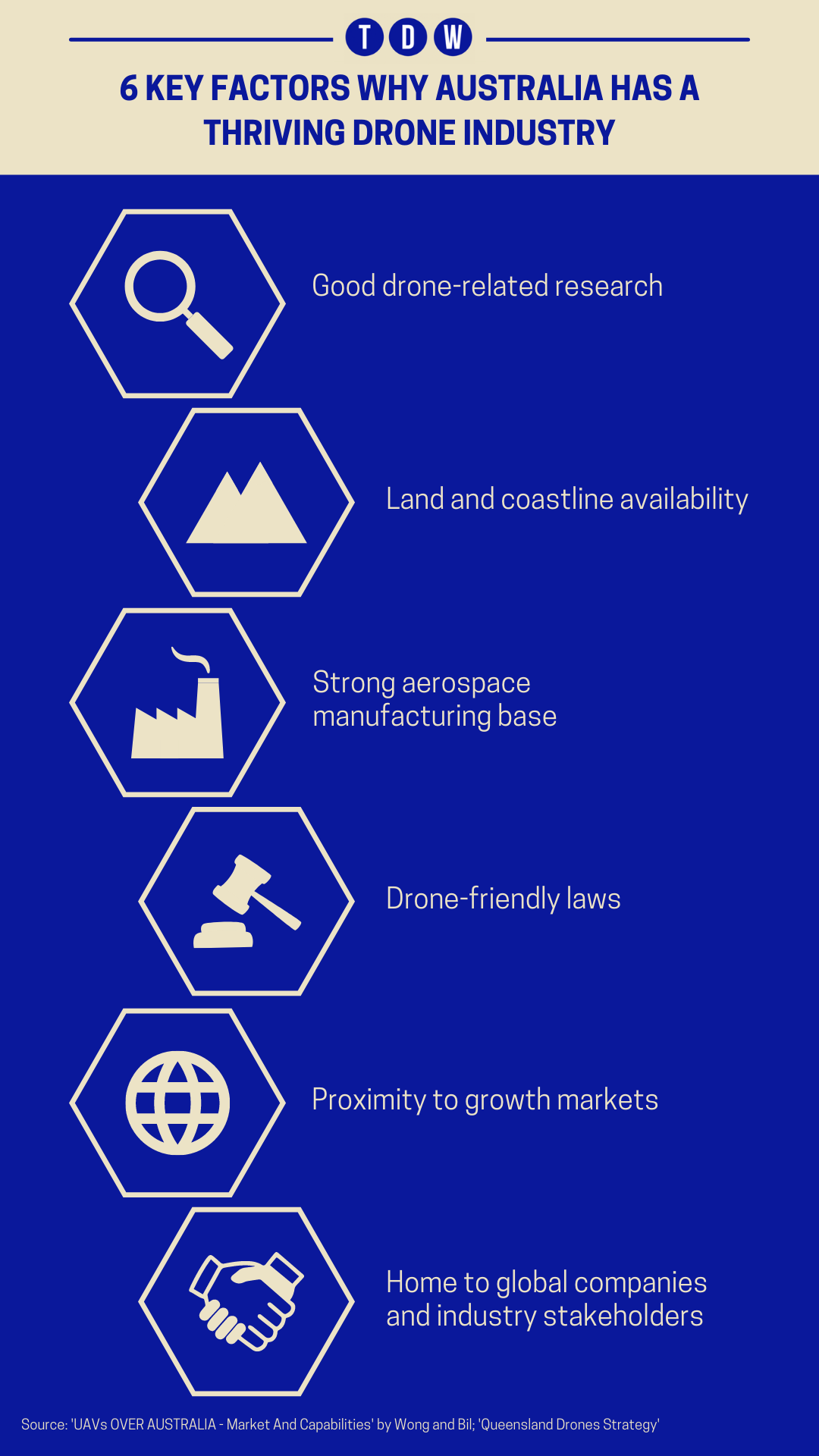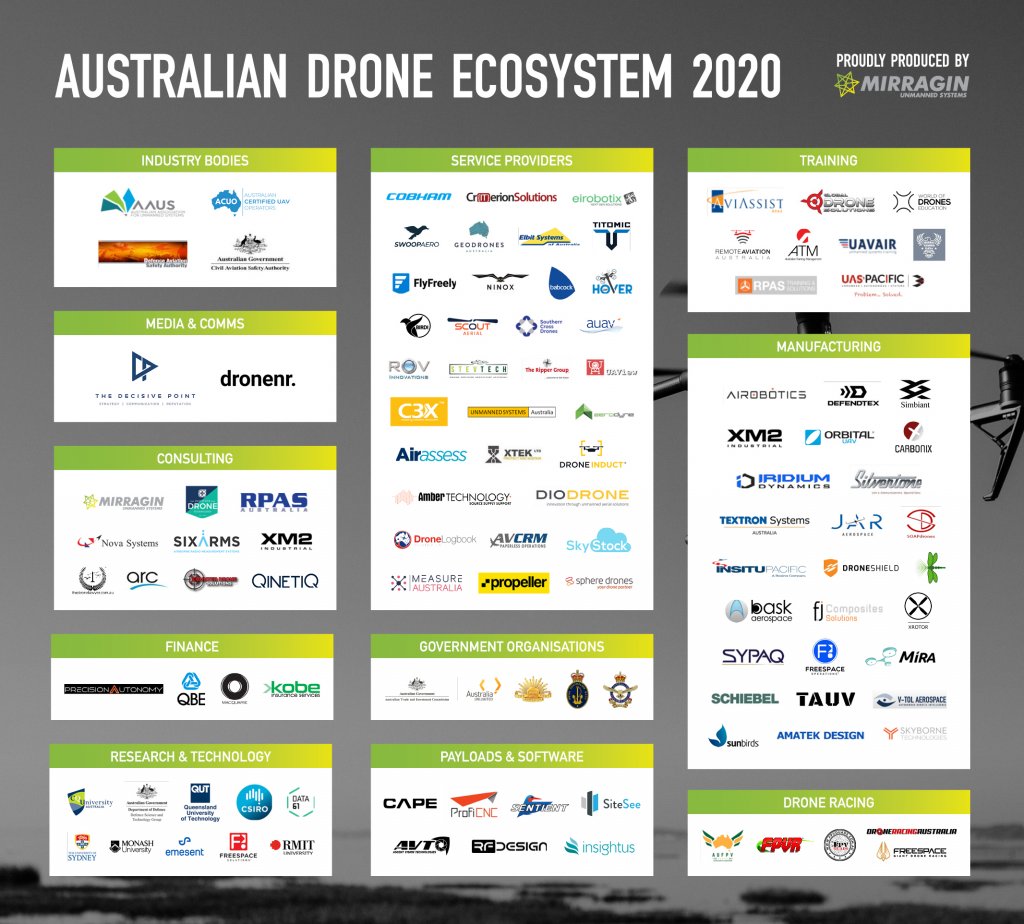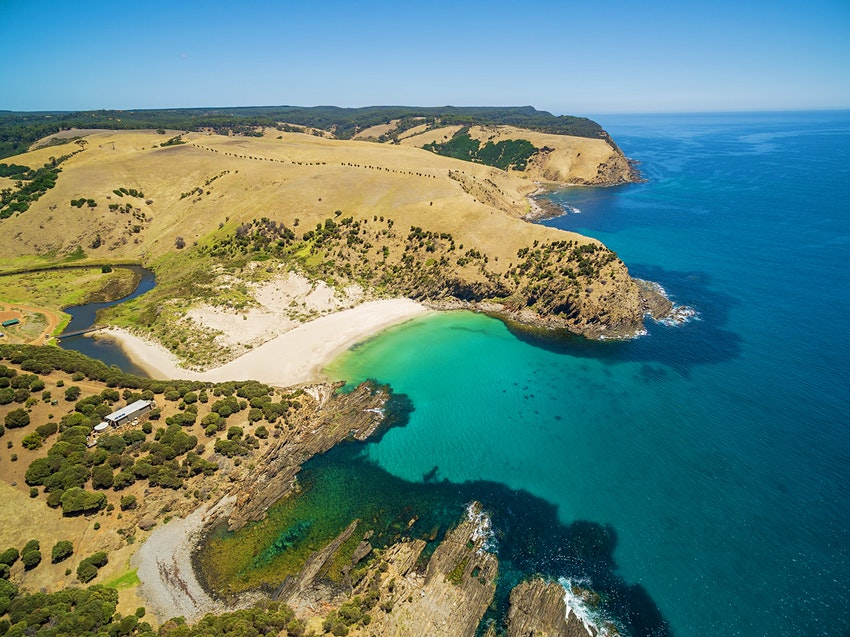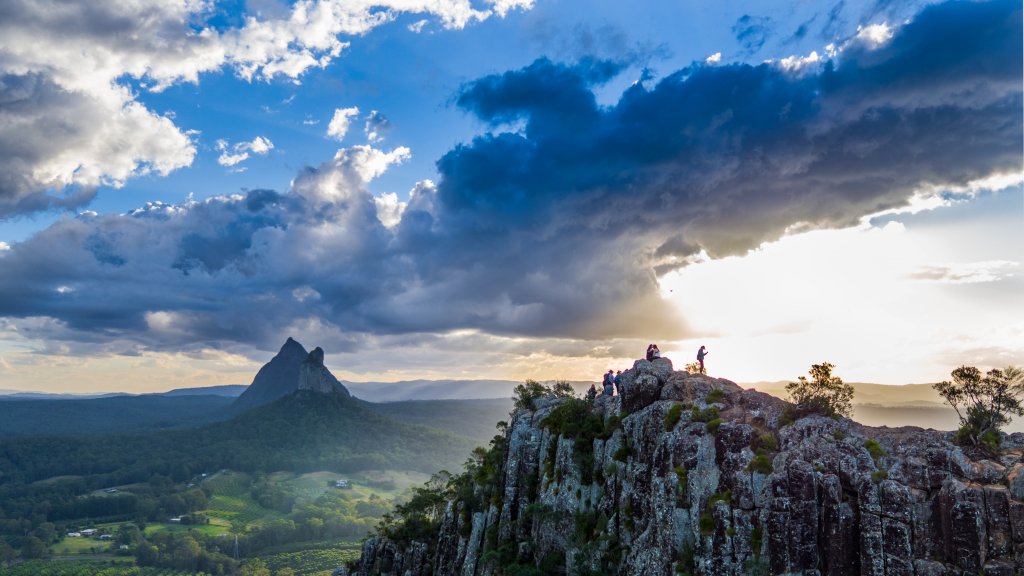- Australia’s drone industry is booming due to a variety of factors!
- Multiple stakeholders comprise Australia’s diverse drone ecosystem – find out who they are.
- The country makes efforts to have an effective infrastructure to support drone inclusion in the airspace.

The buzzing sound that many Australians may hear more and more is the sound of drones flying in their skies. That’s right, drones have become more and more popular in the country, which is considered a serious player in the world of drones. Moreover, drone-friendly regulations, plenty of development and testing BVLOS (Beyond Visual Line of Sight), the rising number of drone operators, and more, have greatly aided the drone industry in Australia.
Australian companies have also focused on building strategic partnerships. Just in 2018, the partnerships they have formed account for more than five percent of the global strategic drone partnerships. Additionally, a recent study projects the Australian drone industry will contribute around AUD5.5 billion (around USD4.3 billion) to the country’s economy. By 2040, the economic impact of this industry can reach AUD14.5 billion (around USD11.15 billion). So, it shouldn’t come as a surprise that many believe the Asia-Pacific drone market, which includes Australia, to have the highest growth in the future. Undoubtedly, we’re talking about a country that is one of the pioneers in drone usage, infrastructure, innovation, and more.
Photos by: Greg Brave, Petra, Piotr Parzybok, Todd Kennedy, Travis Marshall
Why Australia Has a Thriving Drone Industry
The country is standing shoulder to shoulder with countries like the US, Switzerland, China, France, and more, when it comes to growing drone industries. Thus, it has shown the world over and over again that it cares about using drones for good and works on its strengths to become an even better cradle for drone application and development.

Firstly, plenty of government organizations, academic institutions, and similar are working on drone research. Bureau of Meteorology, The Commonwealth Scientific and Industrial Research Organization (CSIRO), The Defense Science and Technology Organization (DSTO), and Australian universities are just some of the leaders in this field. Consequently, the country’s focus is developing IT industries, where drones easily find their place.
Further, the country is no stranger to manufacturing aircraft. Boeing Australia, GippsAero, and other companies prove that the country has a strong production base, know-how, and good practices to increase the production of drones. Hence, this results in a plethora of domestic startups and larger companies that manufacture drones.
The country’s positive attitude toward drones is also due to the national body for regulating civil aviation – Civil Aviation Safety Authority, known as CASA. It represents a hub for information about drones, including registration of drones, accreditation of operators, a Know Your Drone campaign, and more.
Hence, this has led to drone-friendly laws and regulations. In a highly-praised move, CASA enabled Australians to fly drones weighing less than 2 kilograms (around 4.4 pounds) without training or having a license. The regulations support the usage of big BVLOS drones, too.
Finally, Australia benefits from its proximity to growth markets. As was mentioned, it belongs to the Asia-Pacific region, making it close to global industry leaders such as China with expertise and lots of opportunities for collaboration.

Australia’s Multi-Stakeholder Drone Industry
There are more than 1,800 certified drone operators in Australia. And the number is only increasing. Further, a recent study explored gender diversity in drone industries in a couple of countries, including Australia. According to it, 84% of drone users are male, whereas 16% are female. Still, out of all the countries included in the study (UK, France, Germany, Spain, USA, and Canada), Australia has the highest percentage of female drone operators.

Aussie drone operators spread over multiple industries and fields where they use drones. Even so some of the commercial drone applications as outlined in a recent study by Deloitte are aerial photography, aerial patrol, agriculture, emergency management, monitoring of construction, real estate, and infrastructure, film making and media, exploring oil and gas, weather forecasting, delivery, and others. Of course, recreational use is also expected to rise.
“Australia is the only place in the world where you can get a license to operate a commercial drone delivery service.”
– Dr. Catherine Ball, associate professor at the Australian National University
Map of the Drone Industry in Australia
The Australian drone ecosystem accepts a wide range of drone companies and organizations in many fields – from consulting to training, media, and more presented in the map by Mirragin.

Despite the two governmental bodies (CASA and the Defense Aviation Safety Authority – DASA), two associations operate in Australia for promoting and supporting certified UAV operators and drones. They are Australia Certified UAV Operators (ACUSO) and Australian Association for Unmanned Systems (AAUS).
To speed up the inclusion of drones in many industries and raising awareness of using drones for good, Australia is home to the annual World of Drones Congress. Moreover, it represents a hub that connects all stakeholders such as government, academia, business, and others.
Australia has also been acknowledged as a hub for drone innovation. Maybe one of the most popular recent ones on Australian soil was Project Wing. Furthermore, the drone delivery company is founded by Alphabet (Google’s parent company). The company has delivered food to remote locations in Australia thanks to drones. Also, universities are pioneering drone innovation. One such is the Queensland University of Technology which plans to deploy drones for surveying koala numbers in South East Queensland. Another university, the University of South Australia works on a so-called pandemic drone. This drone will be tasked with monitoring and detecting individuals with infectious respiratory diseases.

Furthermore, a few drone companies have appeared in the headlines due to their successful mergers. In fact, Delta Drone South Africa and one of the leading drone safety companies ParaZero merged. Starting as a French company, Delta Drone soon turned into a multinational drone service provider. With its Israeli partner, ParaZero, the two now operate under the name Delta Drone International. This makes it Australia’s first business that’s listed as a drones-as-a-service company. Subsequently, the Malaysian drone company Aerodyne acquired the Australian drone surveying company Sensorem. Their plans include expansion in the Australian drone market. This way, Aerodyne drones can be used in a variety of sectors such as agriculture, energy, and more, powered by Sensorem’s state-of-the-art software solutions and systems.

Infrastructural Feats for an Increased Drone Inclusion
One of the nation’s focus points for drones remains to establish a regulatory framework for increased drone inclusion in the airspace. In addition, it’s one of CASA’s goals. With that being said, its efforts in this direction are evident. It introduced the RPAS Digital Platform. This platform brings together drone-related advisories, rules, legal information, and more. So, the information can be used by app developers to create apps for drone operators.
Another similar project deserves attention. Australia’s Scalable Drone Cloud is a project led by Monash University and a few partners. It’s a platform for data management, sharing good practices, and international collaboration. With it, the aim is to take Australian drone research to another level.
What’s Next for the Australian Drone Industry
The fact stays that Australia has joined the global leaders of drone development and application. Still, plenty of opportunities can be explored to make drones a part of the airspace more. But, the country is on the right path.
Connected to this, many experts view airspace regulation as one of the hottest topics in the future of this growing drone industry. 5G technology is also likely to be a vital part of drone infrastructure. Drones may use it to find their spot in the air corridor in real-time and don’t crash between each other. Predictions for the drone industry include more drone applications such as delivering medicine and vaccines and increasing the usage in areas where drones are applied, such as agriculture, mining, surveillance, entertainment, and more.

Drone racing in Australia is very widespread entertainment, same as in many countries in the world. This new sport has even attracted the attention of the younger generations. Proof of this is the 2018 victory of the fifteen-year-old Rudi Browning from Australia. The young Australian pilot won the FAI Drone Racing World Championship in competition of 120 pilots and place the Australian team ahead of Sweden and South Korea .
Additionally, Australia is home to beautiful landscapes and scenery – from metropolitan cities to deserts and coasts. That’s why many enthusiasts of drone photography and videography travel there and capture breath taking visual content. The fact that the rules and regulations are not as strict is even more encouraging factor for pilots. All of this stimulates the tourism industry and makes Australia great place to visit by drone.
And we’re excited for all that the Australian drone industry has in store for us next. In the meantime, don’t forget to check out more drone stories on The Drones World!
READ MORE
Australia by Drone: Enjoy the Land Down Under Like Never Before
Drone Industry in Canada: Home to an Exciting Drone Scene
Drone Photos as NFTS: The Next Big Boom in the Industry

STAY TUNED FOR MORE DRONE-RELATED STORIES WITH THE DRONES WORLD!






